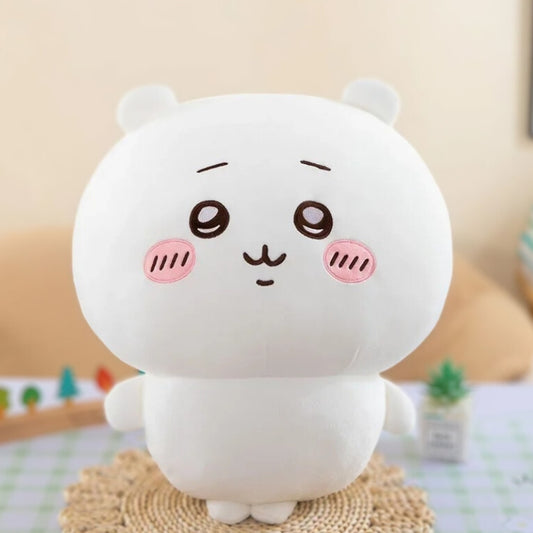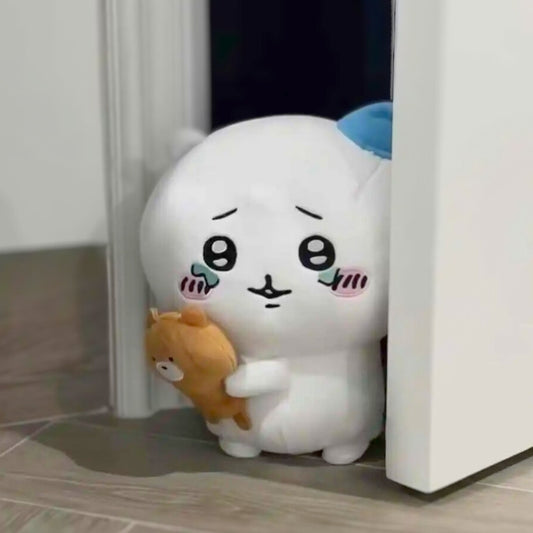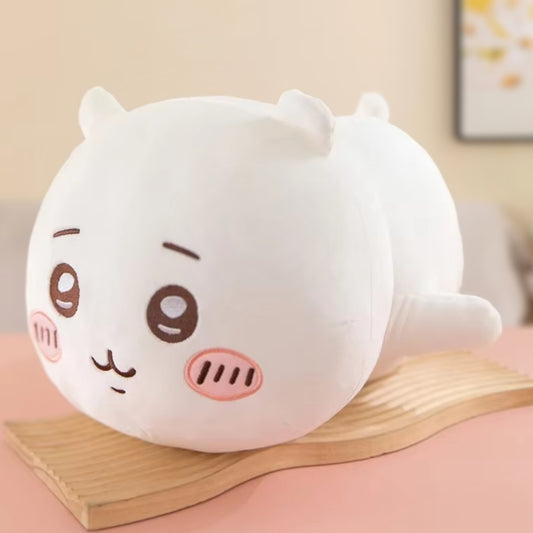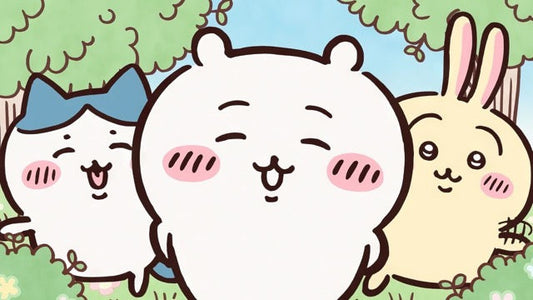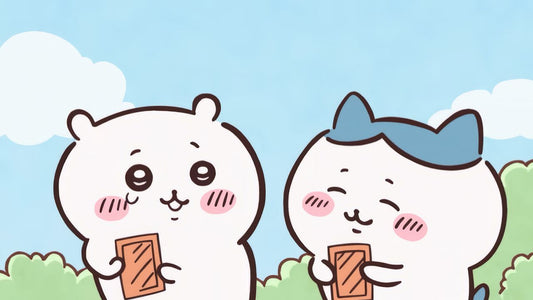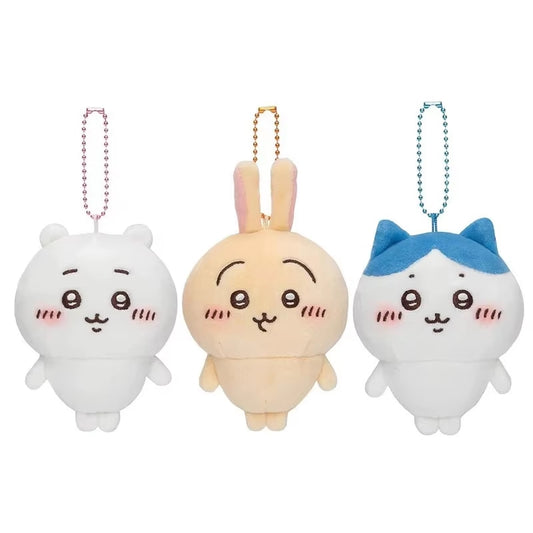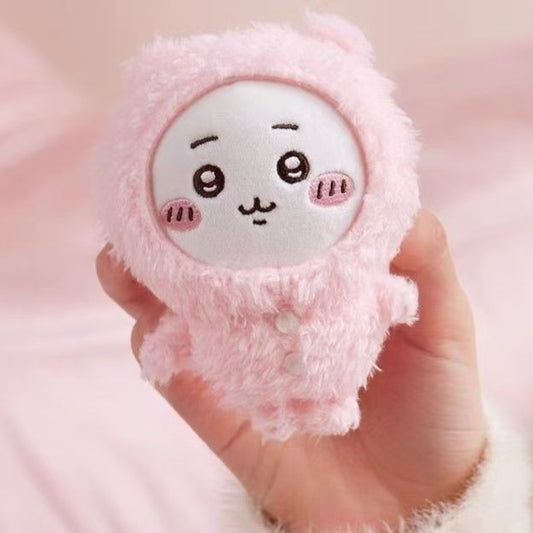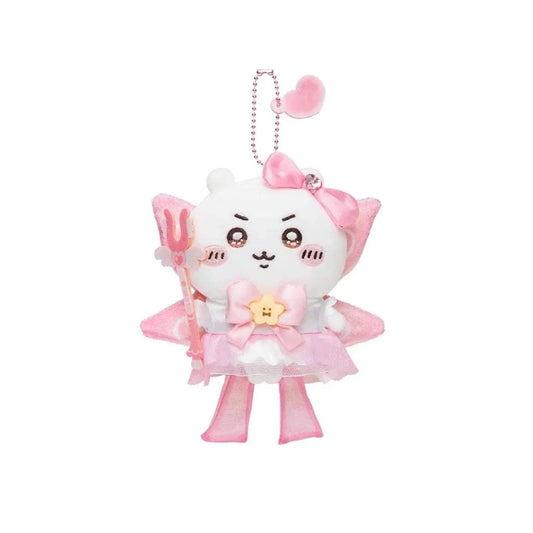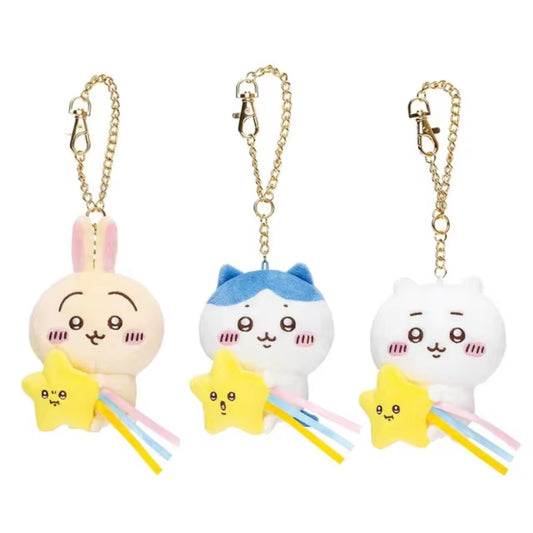Introduction: The Gender Enigma of Momonga
In the whimsical world of Chiikawa, few characters spark as much debate as Momonga—the mischievous, self-proclaimed “cute” flying squirrel whose antics toe the line between endearing and infuriating. But beyond their chaotic personality lies another mystery: What is Momonga’s gender? Unlike many anime and manga characters, Momonga’s gender is never explicitly stated, leaving fans to speculate. This ambiguity isn’t accidental—it’s a deliberate choice that reflects Chiikawa’s broader themes of identity and fluidity. Let’s unpack Momonga’s role, their controversial backstory, and why their gender remains delightfully undefined.
Who Is Momonga? A Chaotic Force of Nature
Momonga, named after the Japanese word for “flying squirrel,” debuted in 2020 as a troublemaker who crashes into Chiikawa’s life with a bang. Their first appearance sets the tone: they shove Chiikawa aside, demand praise, and cry when scolded. Key traits include:
-
Self-Centered Charm: Momonga constantly seeks attention, imitating others’ cute behaviors (like Chiikawa’s tears) to manipulate situations.
-
Calculative Antics: They pretend to cry for sympathy, steal food, and even sabotage a game console to avoid accountability.
-
Complex Relationships: Momonga clashes with Usagi, bonds with Kani (the bookstore owner), and trolls Labor Armor-san relentlessly.
But Momonga’s most intriguing layer is their body-swap backstory—a plot twist that reshapes how we view their identity.
Explore Chiikawa Momonga keychain merch and embrace the chaos by clicking on the above image.
The Body-Swap Plot: A Monster in Cute Clothing
Momonga’s identity crisis goes deeper than gender. Early in the series, it’s revealed that Momonga’s body was stolen by Dekatsuyo, a monster who coveted the life of a “cute” creature. The original Momonga’s soul now resides in Dekatsuyo’s monstrous form, while Dekatsuyo pilots Momonga’s fluffy, kawaii body. This twist adds profound complexity:
-
Stolen Identity: Dekatsuyo’s takeover explains Momonga’s relentless craving for validation—they’re literally living a lie.
-
Moral Ambiguity: Momonga’s selfishness (e.g., endangering Rakko during island training) stems from their monstrous origins.
-
Redemption Arc?: Recent episodes hint at growth, thanks to Kani and Hachiware’s influence, but old habits die hard.
This body-swap narrative mirrors themes of impostor syndrome and identity fluidity, making Momonga a symbol of self-reinvention.
Gender Revealed: Intentional Ambiguity
Like Chiikawa itself, Momonga’s gender is never clarified. Here’s why:
1. Kawaii Culture’s Gender Neutrality
Japanese kawaii aesthetics often prioritize androgyny. Characters like Hello Kitty (a girl with no human traits) and Rilakkuma (a genderless bear) thrive by avoiding labels. Momonga follows this tradition:
-
Design Cues: Momonga’s large eyes, fluffy tail, and soft voice (provided by voice actress Yuka Iguchi) lean into cuteness, not gender.
-
Pronouns: The series uses gender-neutral terms like “Momonga-san” or “they” in translations.
2. Fan Interpretations
Fans project their own views onto Momonga:
-
Feminine Leanings: Some argue Momonga’s theatrics (fake crying, attention-seeking) align with stereotypical “feminine” tropes.
-
Masculine Coding: Others cite Momonga’s boldness and clashes with Usagi as “masculine” traits.
-
Non-Binary Icon: Many fans celebrate Momonga as a genderfluid icon, reflecting modern discussions about identity.
3. Cultural Context
In Japan, gender roles in media are evolving, but ambiguity remains common for mascot-like characters. Momonga’s lack of defined gender allows broader relatability and merch appeal.
Anyhow, Momonga's cuteness will not stop because of the genderless trait as proved by the adorable Chiikawa Momonga plush keychain, which is loved by all fans.
Fan Reactions: Love, Hate, and Memes
Momonga’s polarizing personality splits the fandom:
-
Critics: Call them a “troll” for endangering others (e.g., causing Rakko’s kidnapping) and refusing to apologize.
-
Stans: Love Momonga’s unapologetic chaos, dubbing them “Jjammonga” (Korean for “cheeky Momonga”) and creating fan art of their antics.
The body-swap reveal deepened debates:
-
Sympathy: Some fans view Momonga/Dekatsuyo as a tragic figure struggling with stolen identity.
-
Frustration: Others feel the plot excuses bad behavior.
Why Ambiguity Matters: Identity Beyond Labels
Momonga’s undefined gender and morally gray persona reflect Chiikawa’s core message: identity is fluid, messy, and deeply personal. By leaving Momonga’s gender open, creator Nagano invites fans to see themselves in the character—whether they’re navigating impostor syndrome, craving validation, or reinventing themselves.
Conclusion: Momonga Is Momonga
So, is Momonga a boy, girl, or neither? The answer lies in the question itself: Chiikawa rejects rigid labels, opting instead for characters who embody emotions, flaws, and growth. Momonga’s gender ambiguity isn’t a oversight—it’s a celebration of complexity. Whether you adore their chaos or find them insufferable, Momonga reminds us that identity is a journey, not a checkbox.
Interested in finding out if Chiikawa is a boy or girl?



